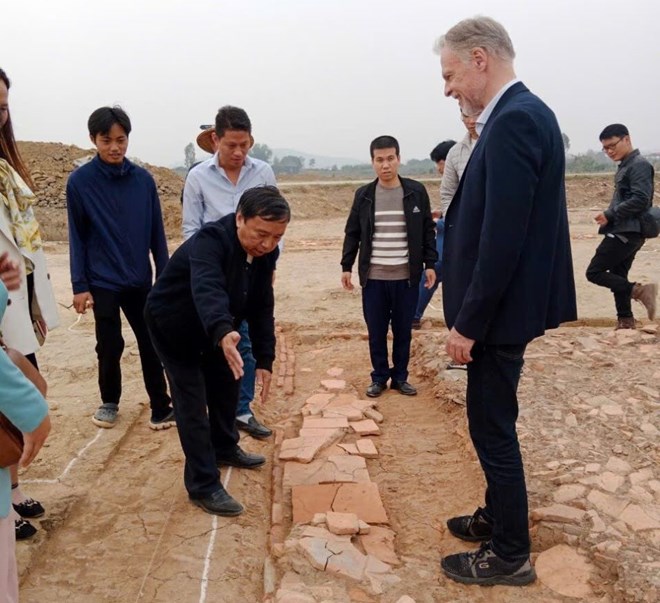
Archaeologists conduct research in the field. Photo: Tran Lam
On May 12, the Department of Culture, Sports and Tourism of Thanh Hoa province said that in recent years, archaeological excavations at the Ho Dynasty Citadel Heritage Site have brought about many important achievements, affirming the integrity, authenticity and outstanding global value of the heritage.
A master plan of Tay Do citadel - the capital of Ho Dynasty in the late 14th century and early 15th century - has gradually emerged with a system of temples, main halls, roads, city gates, moats... arranged synchronously and according to standards.
In the center of the citadel, archaeologists have discovered traces of a magnificent structure - identified as the Hoang Nguyen Palace, where the king held court. The palace consists of 9 rooms, with a system of foundations, columns and materials typical of the Ho Dynasty such as yellow glazed roof tiles and dragon-shaped decorative bricks. This is a key discovery that helps to locate the sacred axis of the citadel and the surrounding auxiliary structures.

Bodhi leaf decorated with dragon, 14th - 15th century. Photo: Quach Du
The Royal Road and the Nam Giao Altar are a 2.5km long stone paved road connecting the Main Hall to the Nam Giao Altar at the foot of Don Son Mountain that was discovered - matching the description in historical books of the "Cai Hoa Road". This is an important ritual axis, where the king performed the ceremony to worship heaven and earth to pray for national peace and prosperity. At the Altar, many relics such as the King's well, the altar, the sacred road, the drainage system and a series of valuable artifacts were found.
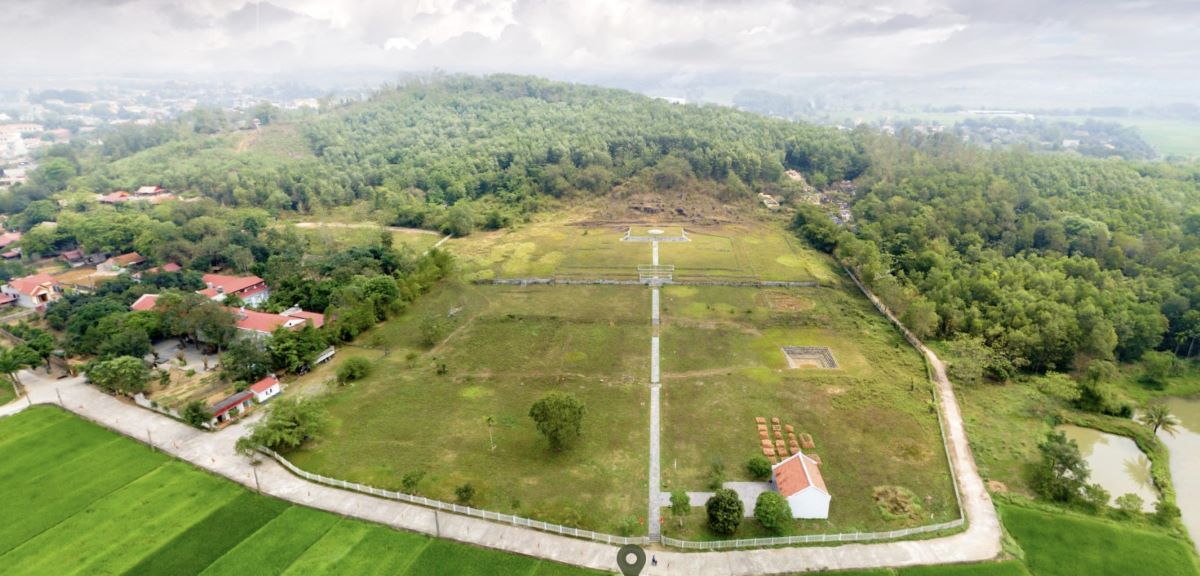
Nam Giao altar with a well combining square and round shapes. Photo: Tran Lam
The Moat surrounding the stone citadel is defined as the system surrounding the entire citadel, about 50m wide and 4km long. The embankment is made of ancient stone and the moat is carefully reinforced. This is a defensive layer that has both military and irrigational elements, and protects the citadel.
The Ho Dynasty Citadel has four massive gates, built with large trapezoidal stone blocks joined together with arches without using adhesives. In particular, the South and North gates have a watchtower above with a drainage system and well-arranged column holes. The inside of the gate is paved with monolithic green stone, with a solid foundation, demonstrating masterful construction techniques.
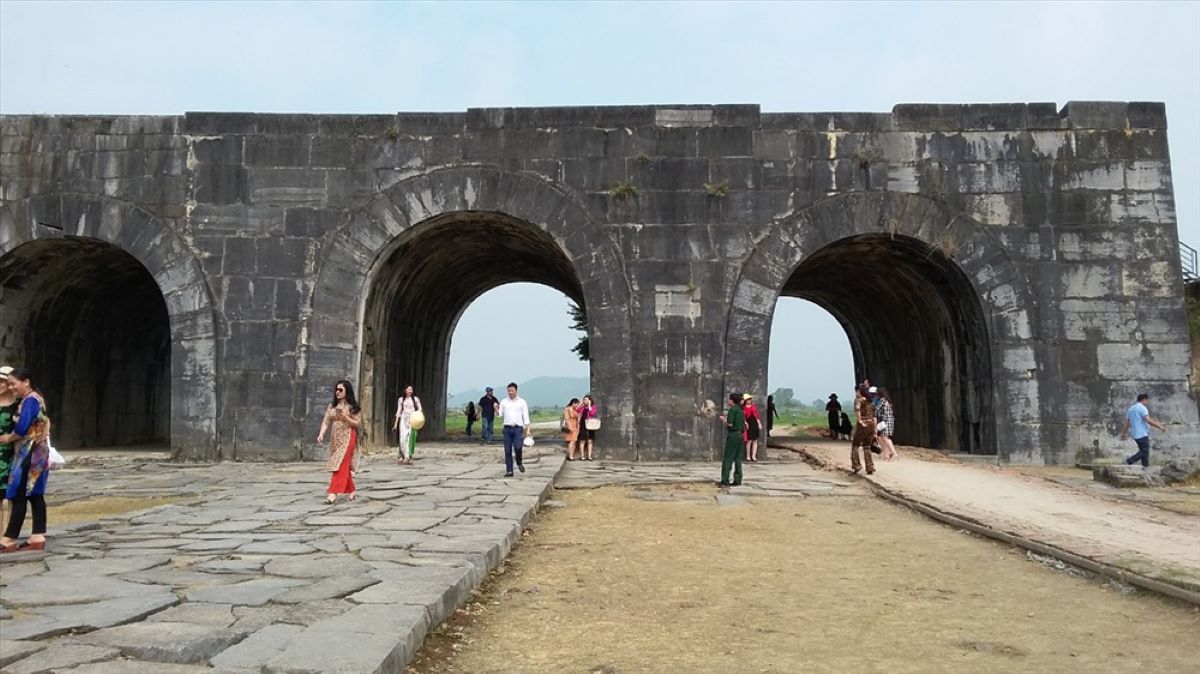
Ho Dynasty Citadel Gate. Photo: Tran Lam
In addition, archaeological results have clearly revealed worship architecture and royal activities bearing the mark of the Ho Dynasty.
The Eastern Thai Temple and the Western Thai Temple are two structures worshipping the Ho Dynasty's paternal and maternal ancestors, arranged symmetrically in the Southeast and Southwest of the inner citadel. Each temple has a main hall, a rear hall, a three-door gate, a garden, and a surrounding corridor. What is special is that archaeology has recorded traces of Le Dynasty architecture nested above Ho Dynasty architecture - proving that the relics continued to be used for many centuries.
The King's Foundation - the residence of the Royal Family - is a complex of interconnected architecture: palace foundation, corridor, garden, well, drainage system, tiles, slate... Folklore calls this the King's Foundation, and archaeology confirms that it is the residence of the Ho Dynasty royal family. Like the temple areas, the overlapping architectural layers of the Le Dynasty here reinforce the continuous historical value of the relic.

A pair of stone dragons - a relic showing that this is where the main hall begins. Photo: Quach Du
A pair of stone dragons were discovered right at the steps leading up to the main hall - the only artifacts left on site. The dragons' shapes have a unique style of the Ho Dynasty, showing the continuity of cultural traditions from the Ly - Tran Dynasty to the Ho Dynasty. This is a particularly symbolic archaeological highlight.
At An Ton Mountain, 2km from the citadel, archaeologists discovered traces of an ancient stone quarry with many slabs of the same type used to build the citadel. The intact layers of stone chips and crafting tools show scientific calculation and maximum savings of materials in construction.

Outside the citadel. Photo: TL
From archaeological layers, the Ho Dynasty Citadel emerges not just as a dry stone relic, but as a living heritage, once the center of power, rituals and culture throughout a period of history.
Archaeological discoveries not only establish the position and value of Ho Dynasty Citadel in the process of Dai Viet civilization, but also serve as a solid foundation for preserving, restoring and promoting the heritage in the present and future.
Source: https://laodong.vn/van-hoa/lo-dien-kinh-do-co-duoi-long-dat-o-thanh-hoa-1505424.ldo





![[Photo] Brilliant red of the exhibition 95 years of the Party Flag lighting the way before the opening](https://vphoto.vietnam.vn/thumb/1200x675/vietnam/resource/IMAGE/2025/8/27/e19d957d17f649648ca14ce6cc4d8dd4)
![[Photo] Prime Minister Pham Minh Chinh chairs meeting of National Steering Committee on International Integration](https://vphoto.vietnam.vn/thumb/1200x675/vietnam/resource/IMAGE/2025/8/26/9d34a506f9fb42ac90a48179fc89abb3)
![[Photo] Many people eagerly await the preliminary review despite heavy rain](https://vphoto.vietnam.vn/thumb/1200x675/vietnam/resource/IMAGE/2025/8/27/4dc782c65c1244b196890448bafa9b69)

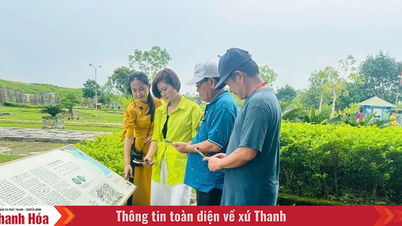

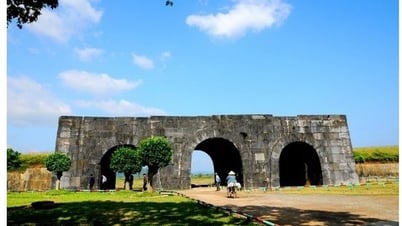

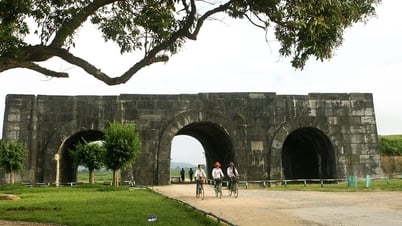




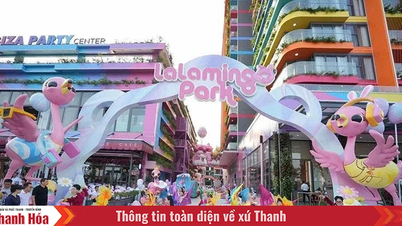




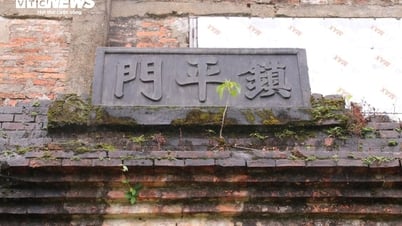

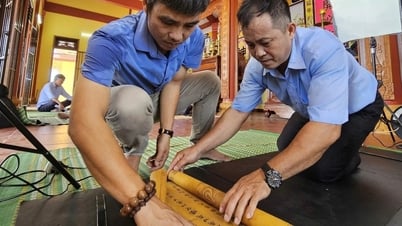

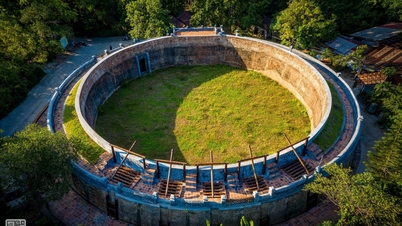
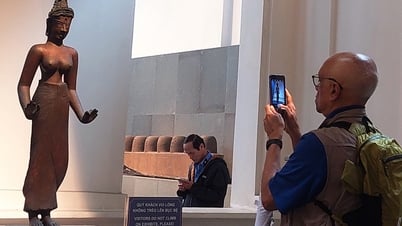











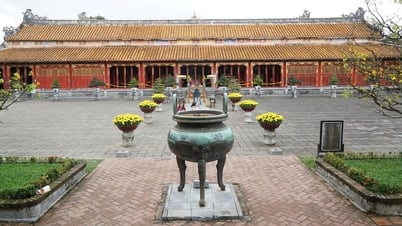


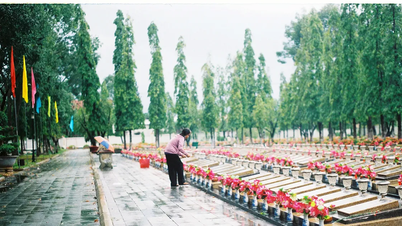


















![[Photo] General Secretary To Lam attends Meeting with generations of National Assembly deputies](https://vphoto.vietnam.vn/thumb/402x226/vietnam/resource/IMAGE/2025/8/27/a79fc06e4aa744c9a4b7fa7dfef8a266)







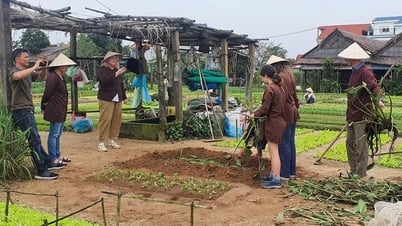























Comment (0)